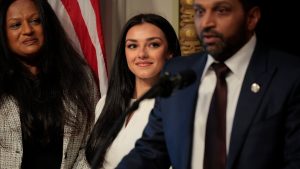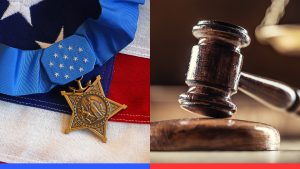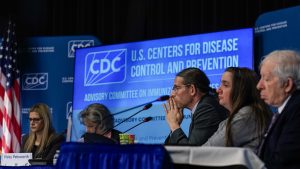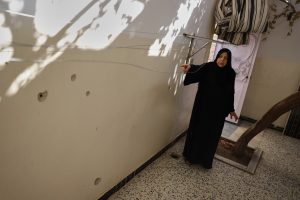Safety issues, traffic violations captured by Tesla robotaxi passengers
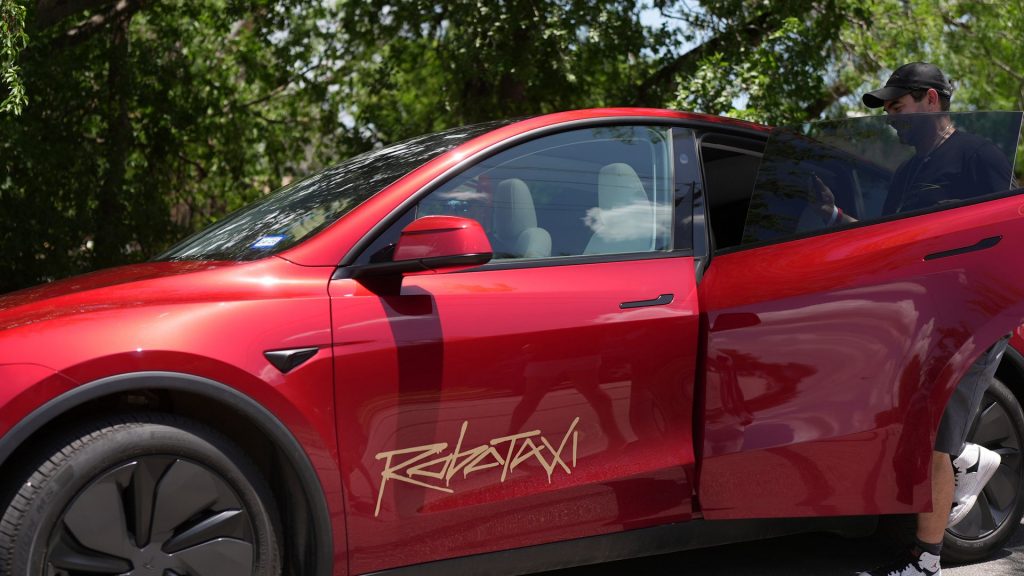
Viral videos have shown several incidents of Tesla robotaxis making errors — or even violating traffic laws — in the wake of their rollout on June 22 in Austin, Texas. NBC News reported these include a Tesla dropping off a passenger in the middle of an intersection and one driving on the wrong side of a double yellow line.
In addition, there are at least two videos showing robotaxis exceeding the speed limit, the news outlet wrote.
These videos were made by those who got an invitation to use the robotaxi prototypes, which NBC noted are mainly influencers linked to Tesla CEO Elon Musk. Invitees have an app that can hail a ride for $4.20.
In the videos, no humans are in the driver’s seat when it pulls up. However, they do have a company employee in the front passenger seat with the ability to stop the car.
In June, the National Highway Traffic Safety Administration requested information from Tesla after seeing some of the videos. The agency said in a statement to Reuters that it is “aware of the referenced incidents and is in contact with the manufacturer to gather additional information.”
“There are just a lot of errors,” Vanessa Fuentes, a member of the Austin City Council and the mayor pro tempore, said in an interview with NBC. “They have proven that the technology they have is unsafe for Austinites.”
Straight Arrow News reached out to Tesla for comment outside of normal business hours.
What have lawmakers and experts said?
Even before the rollout, state lawmakers in Texas voiced concerns over the self-driving vehicles. They sent Tesla a letter asking the company to delay the robotaxi launch until September. That’s when legislation requiring “commercial autonomous vehicle operators transporting passengers or property” to obtain “prior authorization” from the Department of Motor Vehicles before operating on public streets takes effect.
Business Insider reported that the robotaxi has an advanced version of Tesla’s Full Self‑Driving software as its central system, and is equipped with eight cameras that collect 360-degree visual data. This is different than its competitor Waymo, which uses laser light pulses to “scan the environment” and radar to sense objects with radio waves.
Steven Shladover, lead researcher at the Partners for Advanced Transportation Technology program at the University of California, Berkeley, stated in an interview with Business Insider that he’s concerned that the absence of lidar or radar could lead to passenger injuries.
“Automated driving needs a combination of sensor data from cameras, radars and lidars, as well as precise localization relative to a high-accuracy digital map of the roadway environment and other data such as the local rules of the road and speed limits,” he said.
Raj Rajkumar, professor of engineering at Carnegie Mellon University, told Business Insider that the “phantom braking” incidents cannot be fixed with more training data, unlike some other problems the vehicles are seeing. Tesla’s “camera-only solution will not be sufficient for a very long time,” he added.
Tesla’s stock went up by nearly 10% the day after the robotaxis were rolled out. However, Tesla itself saw a decline in sales — it delivered 384,122 vehicles in the second quarter of 2025, a 13% decrease from the same period in 2024. Investors had initially anticipated a steeper decline, though, Bloomberg reported.

